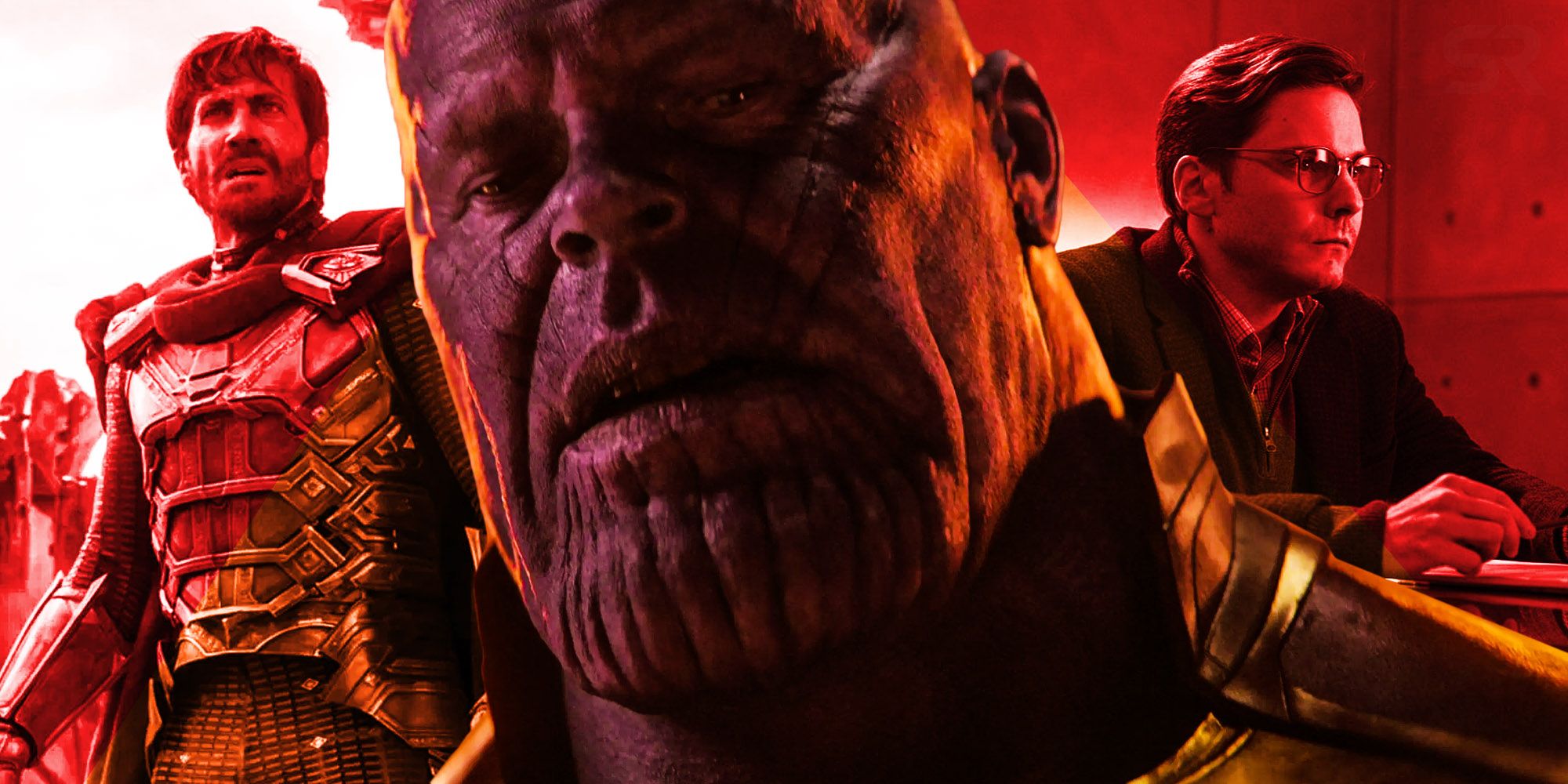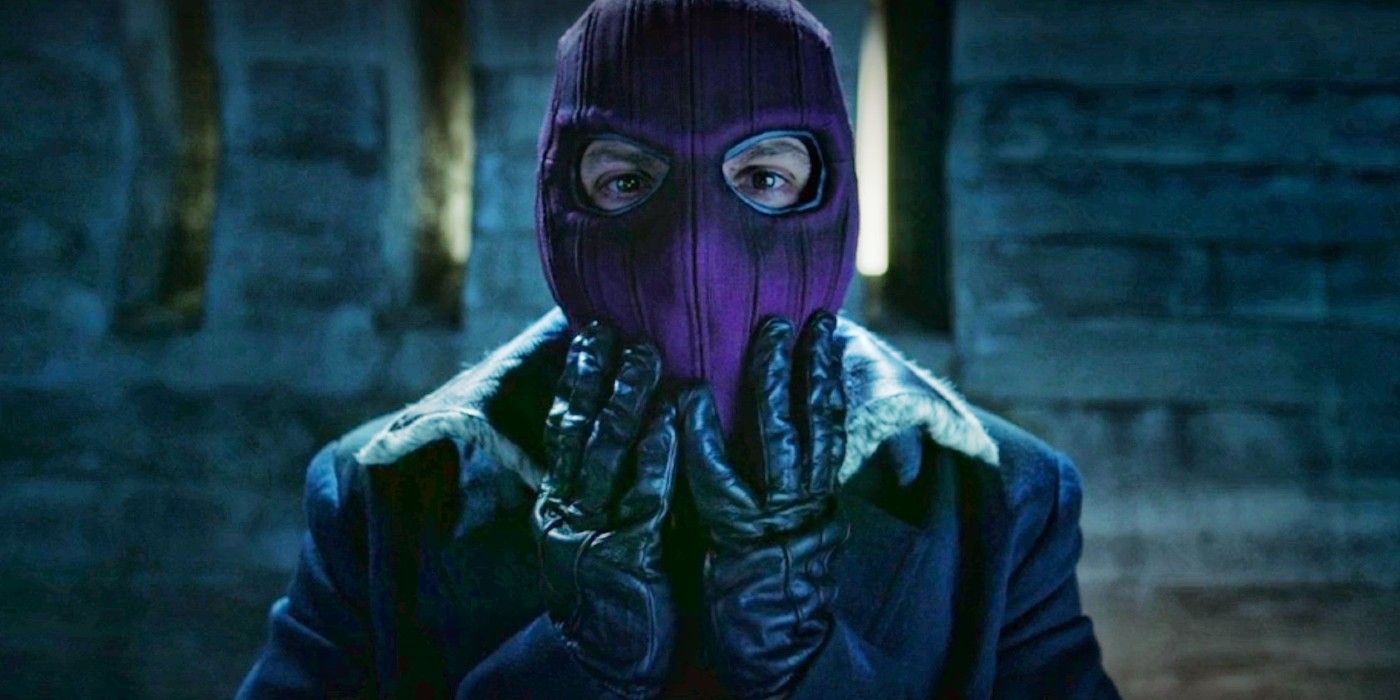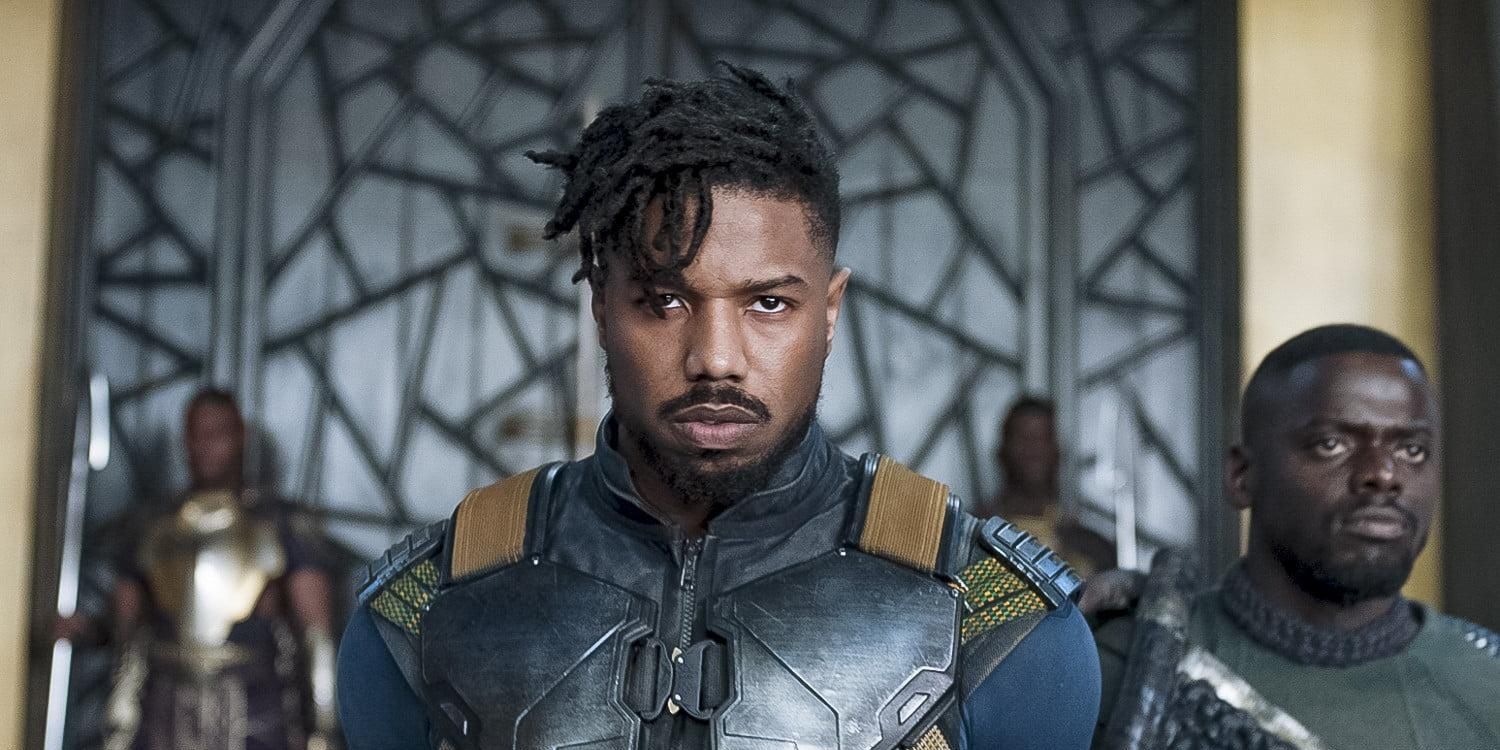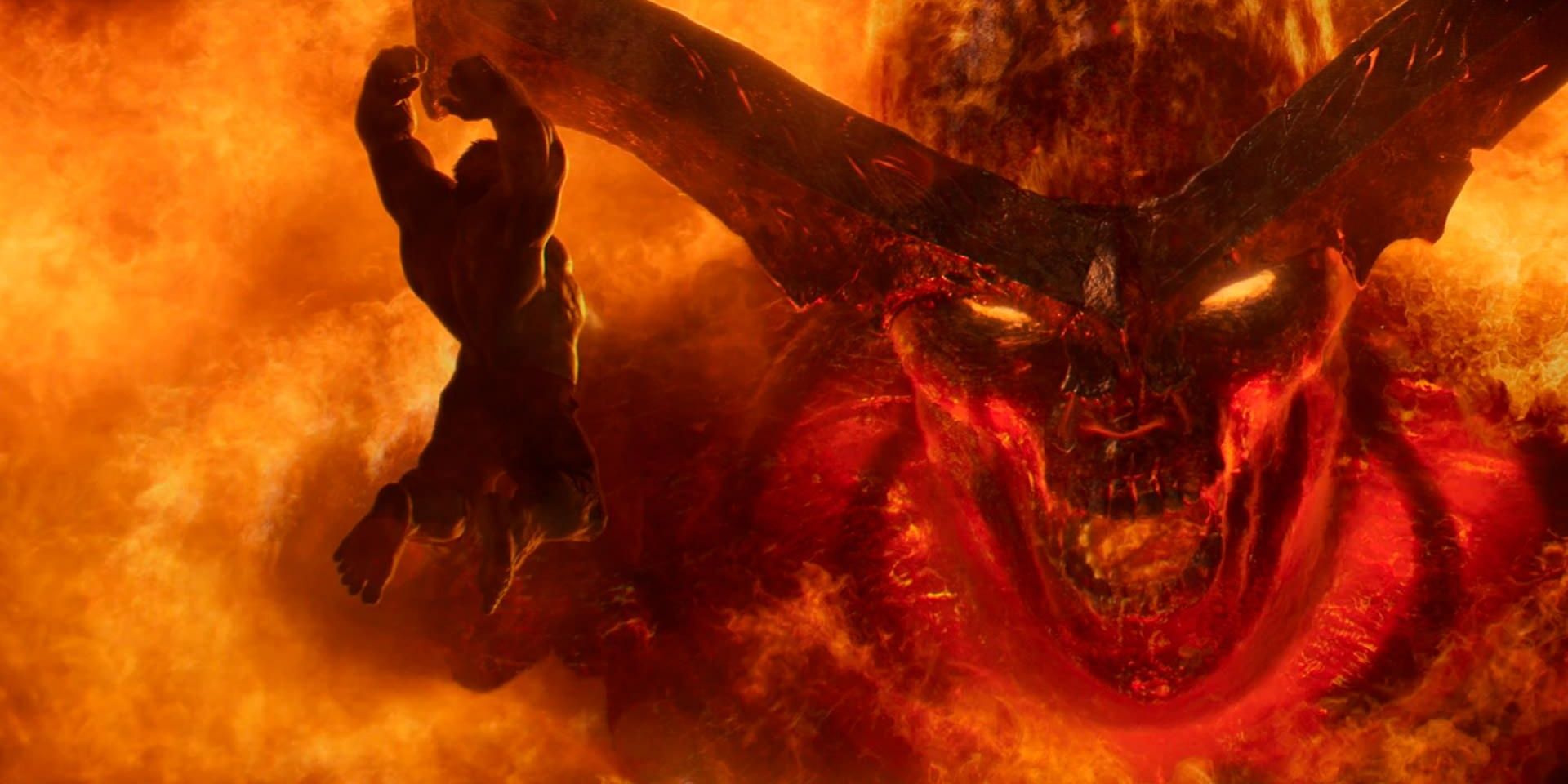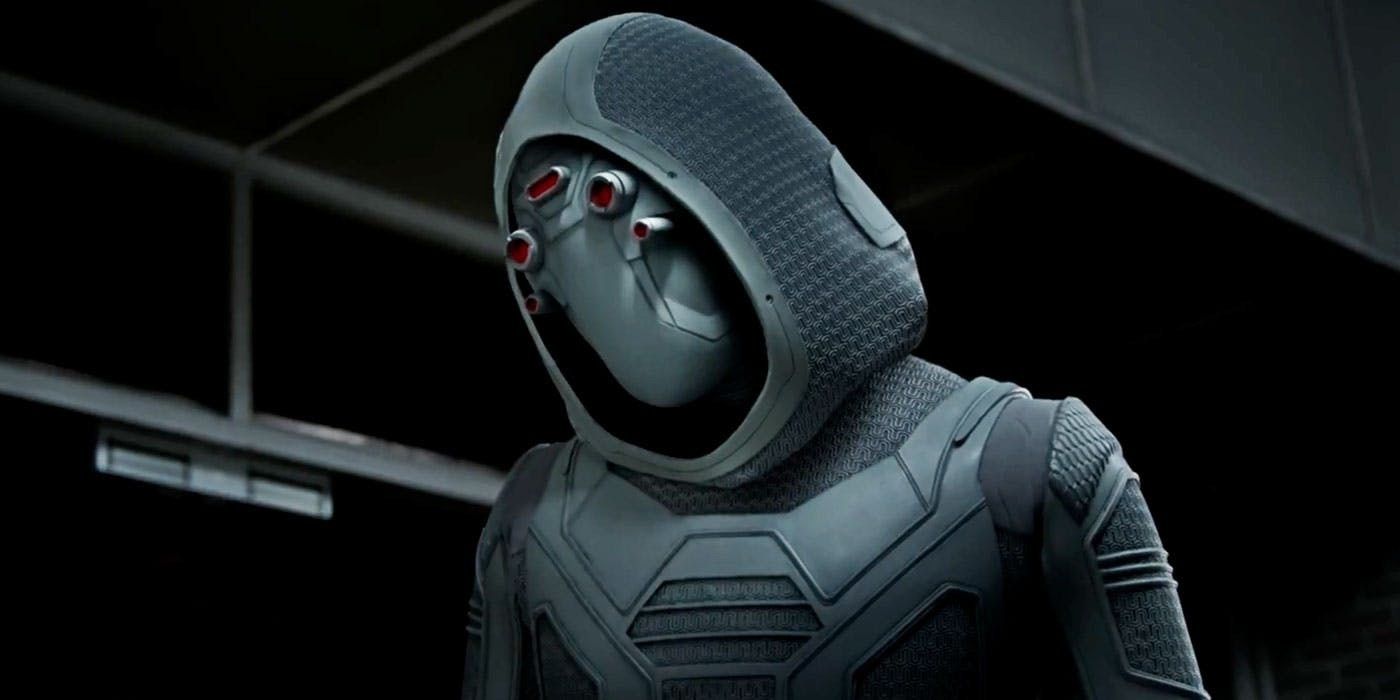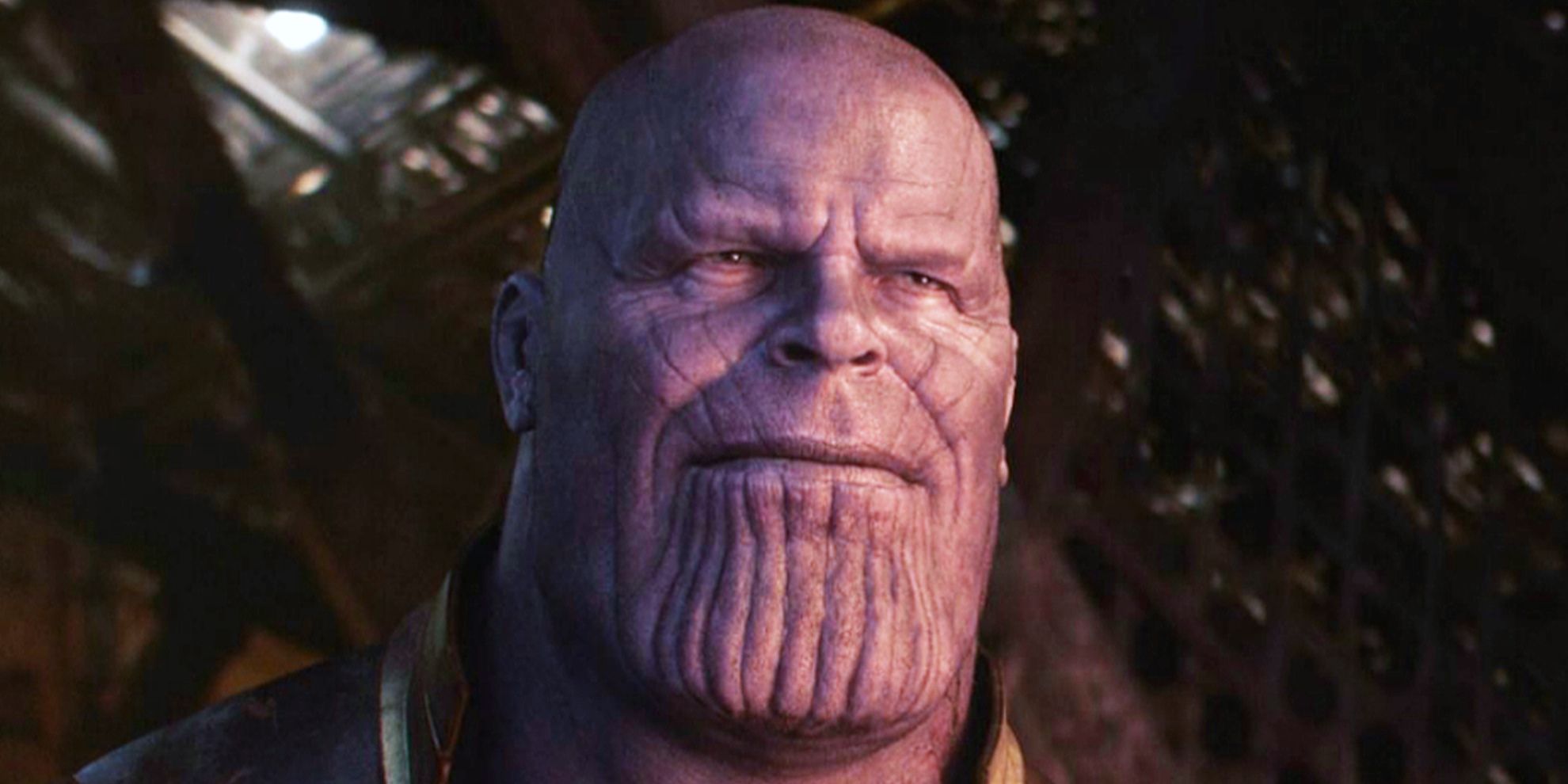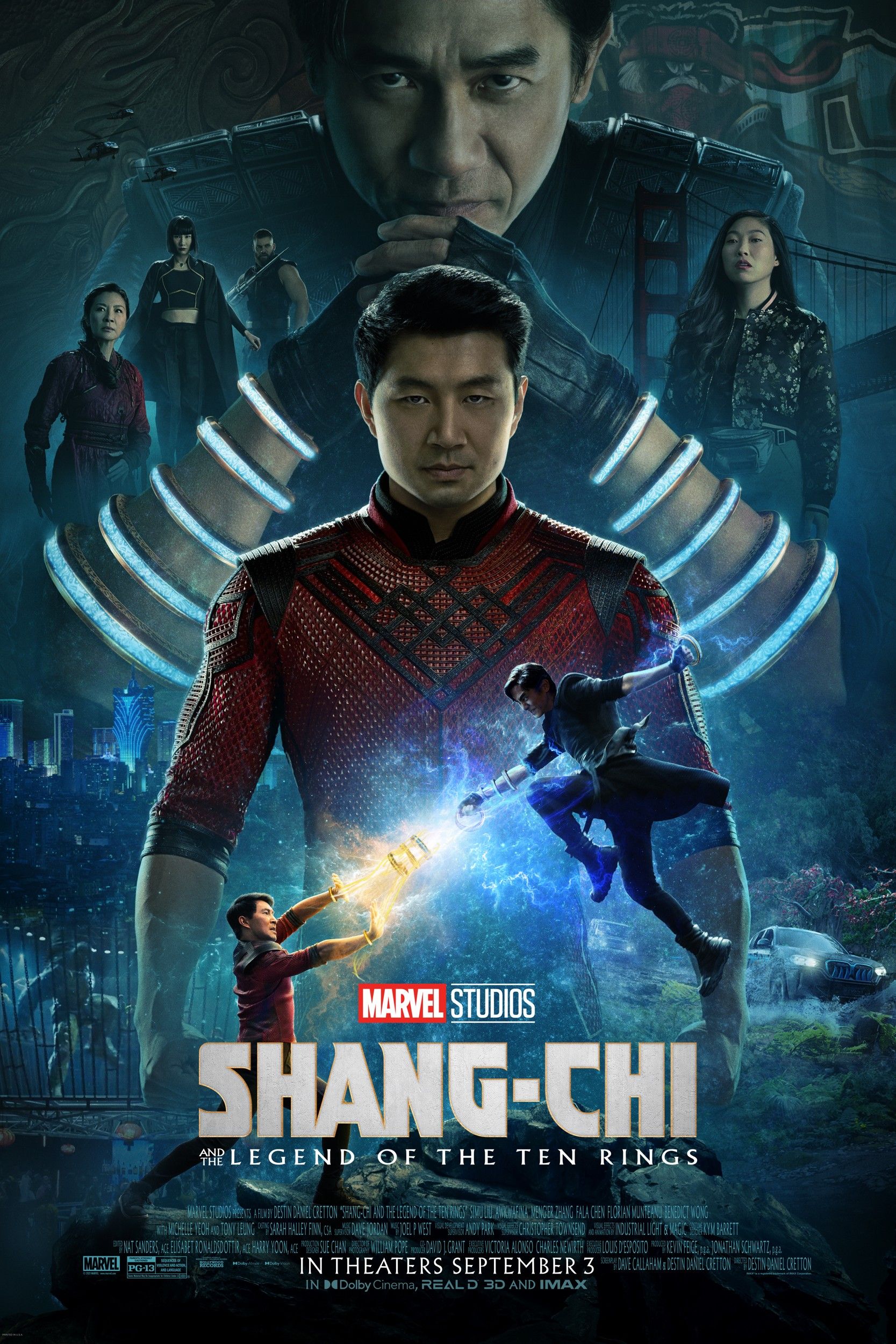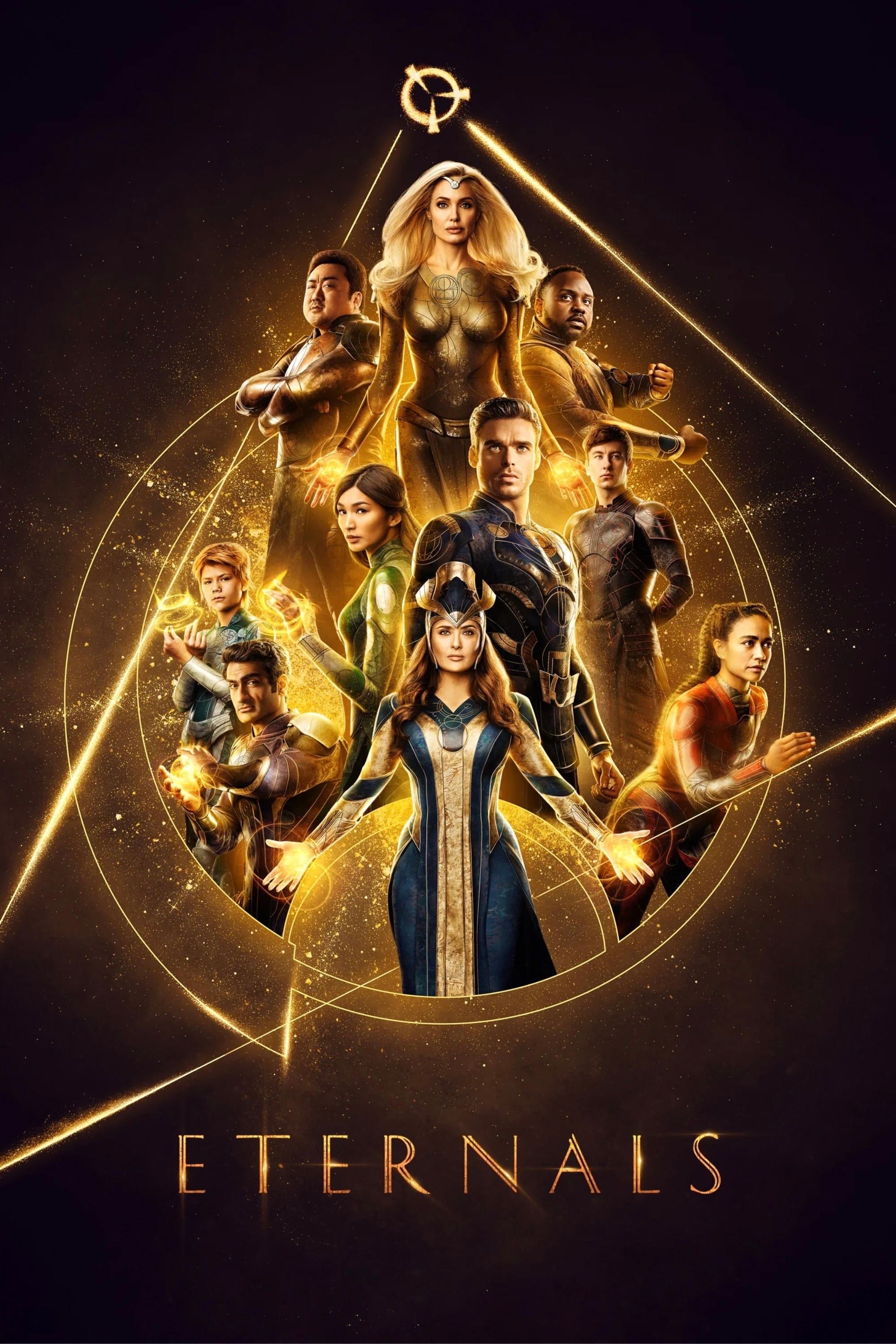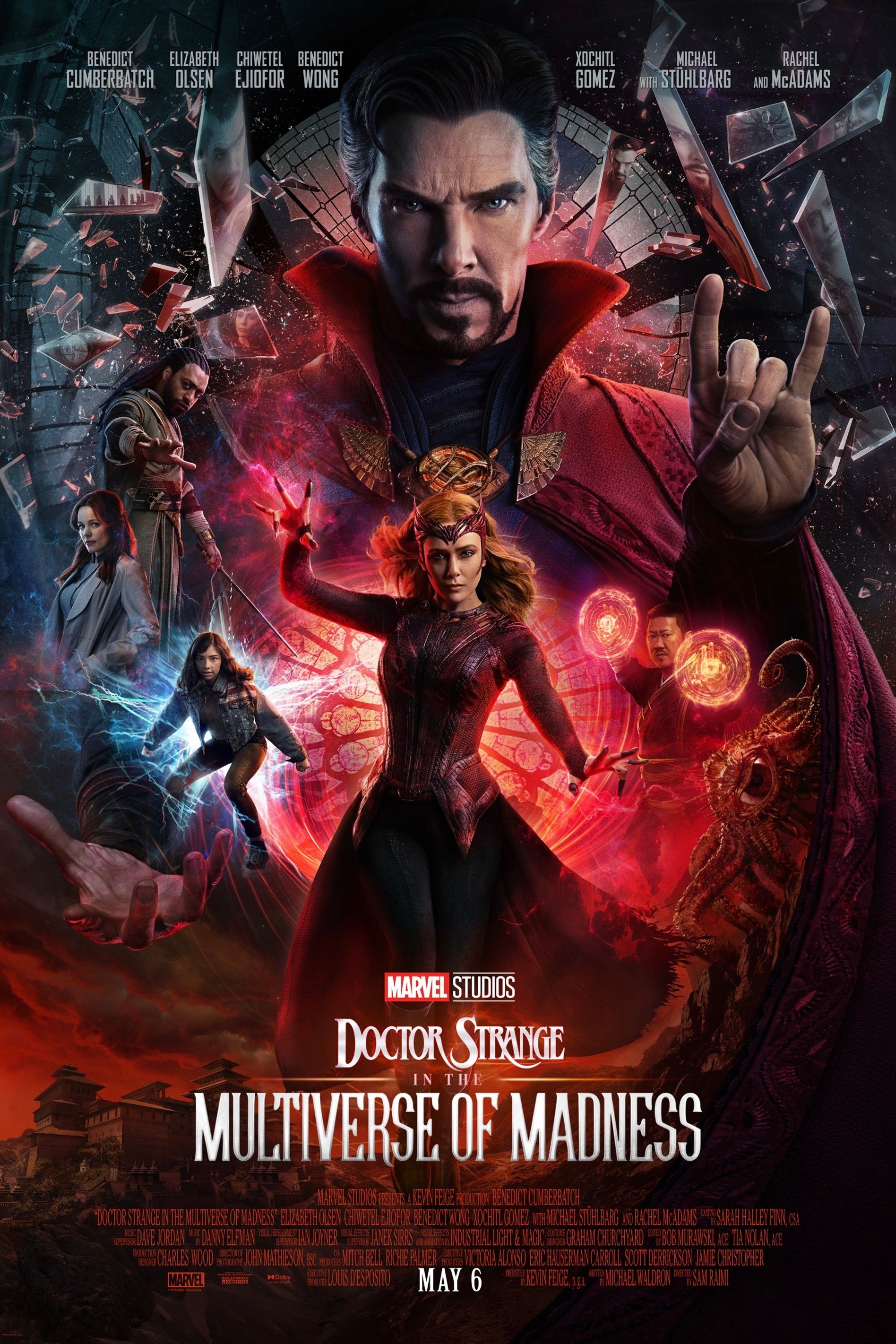The Marvel Cinematic Universe heroes work tirelessly to protect the galaxy from various evil elements, but sometimes, their efforts aren't simply enough and the villains win in the end. Marvel Studios tends to prioritize their good guys at the expense of their foes. Most bad guys in the franchise have been one-off, with very few coming back for another appearance. However, things have started to turn in the last several years as Kevin Feige and his team appears to have realized that they can come up with antagonists who are as relatable and interesting as their counterparts.
Phase 3 in particular has produced some of the franchise's best villains. Previously, heroes go up against mirror images of themselves as seen with Obadiah Stane, Abomination, Red Skull, and Justin Hammer among others. But slowly, more and more bad guys have broken that mold with Vulture, Ego the Living Planet, and Ronan. In an effort to further mix things up as the universe approached its 10-year anniversary, it also came up with bad guys who ended up besting their hero counterparts. This emphasized that there are actual stakes in the MCU, and the heroes are not invincible — two of its most common criticisms, particularly in its early years.
Zemo's return to the MCU through The Falcon and the Winter Soldier has re-ignited interest in villains who won their respective match-ups against their hero counterparts. This is the former Sokovian military man's first appearance in the franchise since he successfully executed his nefarious plan to break up the Avengers in Captain America: Civil War. Looking back at the franchise's history, however, he's not the only one who achieved this usually impossible feat, as many of his predecessors, one way or another, got what they wanted despite heroes trying everything they can to prevent it.
Zemo
Introduced in Civil War, Zemo is a former Sokovian intelligence officer and a commander of an elite paramilitary tactical unit known as EKO Scorpion who wished to exact revenge against the Avengers after the events of Avengers: Age of Ultron. His family was among those who were killed during the final battle in Sokovia and he blamed the heroes for it. Using his special skills and money as an aristocrat of the country, Zemo came up with an elaborate plan to pit Iron Man and Captain America against each other, knowing that this was the most effective way to split up the Avengers. Aside from the Sokovia Accords, Bucky's revelation that Bucky killed Tony Stark's parents — something that Steve Rogers purposefully hid from him made the heroes' rift personal. This resulted in the Avengers going their separate ways, operating as smaller groups for two years making Thanos' win more plausible in Avengers: Infinity War.
Killmonger
The son of Wakandan prince N'Jobu, Erik Stevens worked his whole life to seek revenge for the death of his father after he was murdered by King T'Chaka for trying to kill Zuri on top of betraying their country. Killmonger honed his fighting skills in the U.S. Navy where his savagery earned in him his nickname, which proved to be useful as he challenged T'Challa for the throne in Black Panther. Eventually, he won the battle and assumed his place as the country's leader; having that power, he wanted to accomplish N'Jobu's plan of taking over the world and help people of African descent who are marginalized elsewhere through Wakanda's Vibranium. While Killmonger died at the end, T'Challa realized that he did have a point; it's wrong to keep all their resources to themselves, so ultimately, he decided to open up the Wakandan borders and provide help for the less fortunate. He and Shuri also opened the Wakandan International Outreach Centre in the same compound in Oakland, California where N'Jobu and Killmonger used to live.
Surtur
The Fire Demon from Muspelheim, Surtur was prophecized to be the one to initiate Ragnarok and to stop it, Odin defeated him thousands of years ago. But as revealed at the beginning of Thor: Ragnarok, he was only waiting to gain enough power to push through with what he was set to do. Odin's disappearance following the Second Dark Elf Conflict in Thor: The Dark World made for the perfect opportunity for Surtur to carry out his mission, but he met another hurdle in Thor. Like his father before him, the God of Thunder tried to contain the demon in the hopes of keeping Asgard safe, and he succeeded by properly killing the villain. However, as it became clear that there's no way that they can defeat Hela without destroying Asgard which was where she was drawing power from, Loki, as instructed by Thor, resurrected Surtur through the Eternal Flame and let him fulfill the prophecy of Ragnarok. In the end, the fire demon got what he wanted albeit not knowing that the Asgardians had been safely evacuated.
Ghost
One of the most mysterious villains in MCU Phase 3 was Ghost from Ant-Man and the Wasp. Born Ava Starr, she developed powers after a quantum accident that killed her parents. While other bad guys work for their greed for power or resources, it was eventually revealed that Ghost's ultimate goal was just to survive. She went after the updated version of the Quantum Tunnel in the hopes of harnessing quantum energy to stop herself from fully phasing out. This initially created conflict between her and the heroes as they could've lost their chances of saving Janet van Dyne from the Quantum Realm. However, once the original Wasp was rescued, she used her powers and transferred some of her energy to Ava. At the end of the movie, the Pyms and Scott Lang were actively helping Ghost by regularly traveling to the Quantum Realm for more Quantum Energy.
Thanos
Infinity Saga's big bad Thanos had been teased in the MCU since Phase 1, but only made his proper debut in Avengers: Infinity War. Devoted to his misguided crusade to balance the universe by executing a random genocide via the Infinity Gauntlet, his pure will and some costly mistakes from the Avengers resulted in him accomplishing his goal at the end of the 2018 MCU blockbuster. Through the click of his fingers, he snuffed out half of life in the galaxy, including some of the franchise's heroes. Granted that the Avengers eventually reversed the snap in Avengers: Endgame, but Thanos still won; for five years, the galaxy operated with only half of its population and as seen in Marvel Cinematic Universe Phase 4, there were some benefits to what he did. During this time, the surviving Avengers were hopeless, unsure if there's any way around the predicament that the Mad Titan left them. Considering that some people thrived during this time, he might have even gained some supporters.
Spider-Man 3 Set Photo Hints The Avengers Are Still Active In Phase 4

